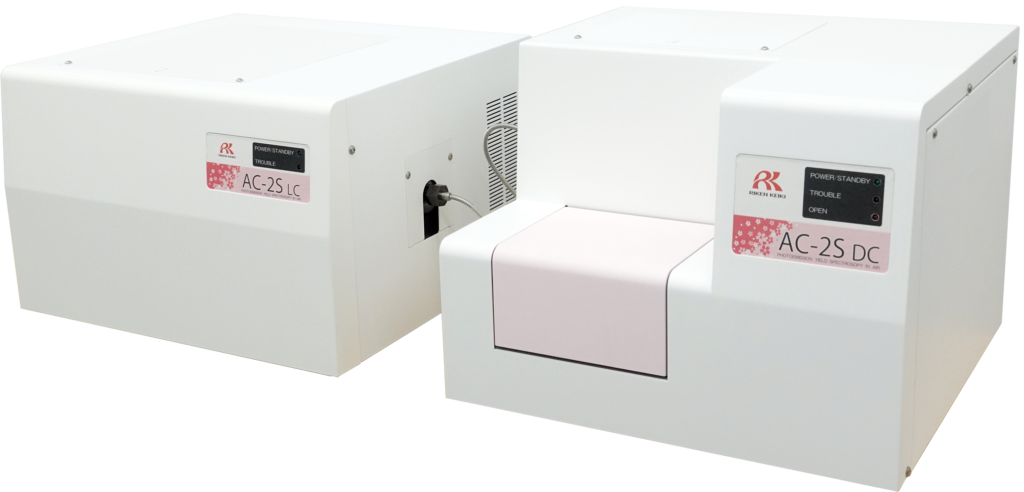ASIA ELECTRONICS INDUSTRYYOUR WINDOW TO SMART MANUFACTURING
New Gas Sensors Respond to Factories’ Gas Toxic Level
Riken Keiki Co., Ltd. gained strong business results for the fiscal year ending March 2021. In particular, the company’s sales and profits gained more from the semiconductor manufacturing and equipment manufacturers.
The stationary alarm device GD-70D gas detector detects various gases used in semiconductor manufacturing. It can detect toxic gases such as phosphine, diborane, and silane, and flammable gases. Thus, it draws gas by the built-in pump and measures it with the sensor.
For toxic gases, the sensor allows a permissible concentration to ensure there will not be adverse effect on the health of workers when exposed to harmful substances. They may still explode by static electricity in the presence of an ignition source and the sensor should be able to measure this even for a low concentration. The measurement range of the GD-70D corresponds to these allowable values.
Detects More Than Conventional Devices
Many semiconductor factories have gas plants on premises, such as nitrogen gases, which they use in large quantities. These gases come to production line through pipes or through gas cylinders stored in cylinder cabinets.

Generally, Riken Keiki said a single semiconductor factory installs “hundreds to thousands” of gas detectors. Aside from clean rooms, various places of the pre-process, such as the cabinets, the discharge side of the abatement system, and the disposal side of the scrubber for dust removal and cleaning, all require gases.
Manufacturing process of high-purity polycrystalline silicon and ingots (cylindrical block of silicon) also require gas detectors to monitor poisoning and oxygen deficiency prevention.
Riken Keiki said it is adding a new lineup to support new material gases. Hence, the GD-84D, which the company started shipping this year, can mount four sensors. It can measure multiple types of gas for chemical vapor deposition (CVD) in which raw material gases flowed in gaseous state can form a thin film by a chemical catalytic reaction.
Because of this, the twin pump structure can detect the unmonitored state even if one of them breaks down. Furthermore, detection is possible in a smaller space than conventional devices.
Depending on the type of gas that needs detection, the twin pump structure operator can select the sensing method needed. For example, the constant potential electrolysis type that can measure low concentration for highly toxic gas. The semiconductor type uses toxic gas and flammable gas. On the other hand, the hot wire type and semiconductor type is for the fluorine-based gas and flammable gas.
Measures Film Thickness
Meanwhile, the AC Series atmospheric photoelectron yield spectroscope irradiates ultraviolet rays while changing the wavelength, counts the number of emitted electrons, and evaluates the material. Organic EL and solar cells widely use this equipment. In the semiconductor field, the AC Series measures the film thickness of the surface of silicon wafers.

The AC-2S Series released in April can measure minute spots of 0.2 to 0.4mm2. Conventionally, because the diameter of the irradiation light is large, it is difficult to measure only a single object. The semiconductor market, in which the miniaturization of devices is in progress, will more likely benefit in using the AC-2S Series.




